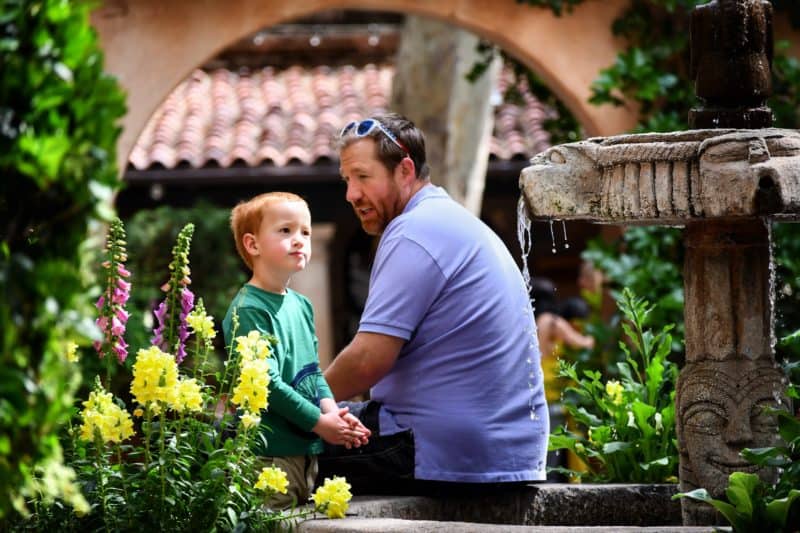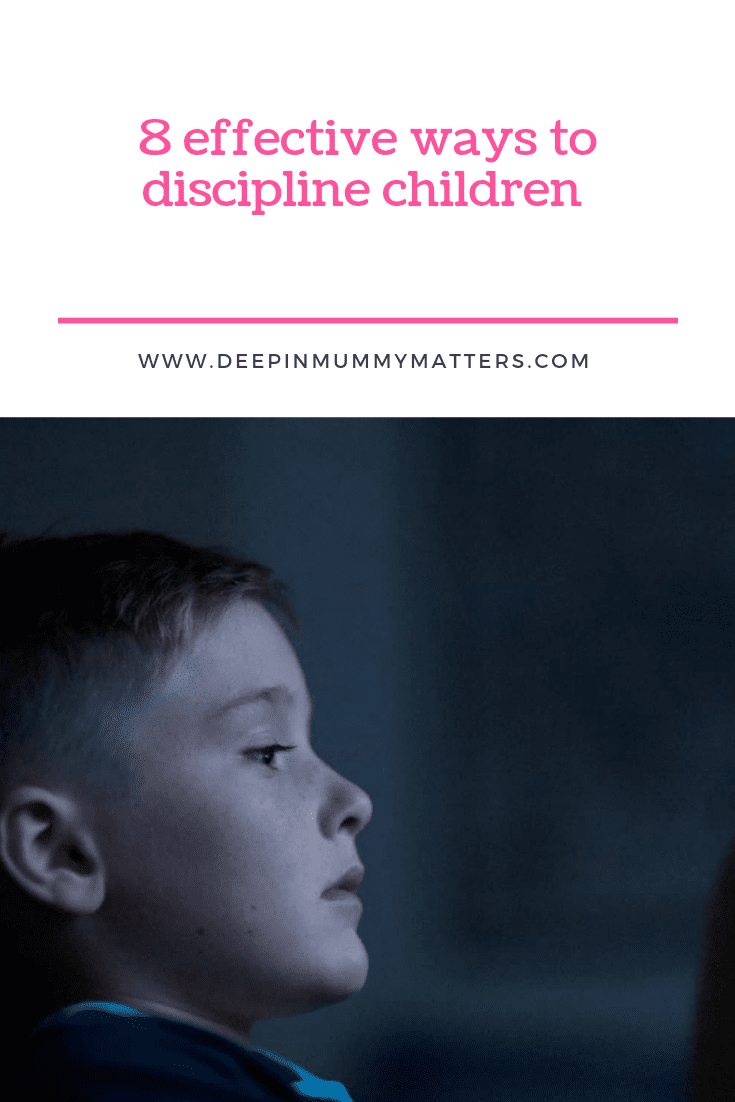Disciplining your child is one of the most important things a parent can do to ensure their child has a successful future. While showing love and kindness should always be the priority, children who are not disciplined often grow up as adults who struggle with behavioural problems, low self-esteem, and addiction. That’s why it’s so important for parents to be proactive when dealing with the different behavioural stages of their children, helping them learn right from wrong.

This blog post will discuss ten effective ways to discipline children. We will explain each method, how it works, and how to implement it into your behavioural management plan! We hope this information will help parents create better futures for their children!
Show and Tell
Show and tell is one of the most effective behaviour management strategies in your parenting plan, as it helps children learn the difference between right and wrong.
Show and tell involves modelling correct behaviour for your child, helping them understand how to act when confronted with certain situations. To do this, you should take them by the hand and walk through what would be a correct reaction step-by-step until your child understands it!
Ultimately, the child will learn that this behaviour works better than what they do and why. This allows them to follow through with correct actions on their own when they encounter similar situations in the future. Self-discipline is more likely to develop in kids who follow a routine. They need to know how to build discipline and the ability to adhere to a set of guidelines so that they can use these skills in other areas of their lives.
Establish Expectations and Boundaries

One of the best ways to prevent bad behaviour is to establish expectations and boundaries for your child from an early age. This means letting them know what is expected of them in different situations and limiting their actions. For example, you could tell your child not to leave the house without asking or that they can’t go to their friend’s house unless someone accompanies them.
Here is a list of some common expectations and boundaries:
- I expect my child not to lie about anything!
- I expect my child not to play video games after school time!
- I expect my child not to run around in public places!
You can effectively implement this strategy by explicitly stating these expectations and boundaries to your child and writing them down in a behaviour contract.
Silence
Silence is a child discipline method that involves not responding to your child’s requests for attention. Parents can implement this strategy by ignoring their children when they misbehave or exhibit bad behaviour. This works best if you have set clear expectations and boundaries with them beforehand, so they know what behaviours will lead to being ignored by parents.
This child discipline technique aims to make the child feel ignored and unimportant until they eventually stop exhibiting the bad behaviour. However, it’s important to note that this method can be difficult to maintain over time. For effective implementation at home, we recommend trying this child discipline technique for short periods (e.g., 15 minutes) before moving on to other child behaviour management strategies.
Provide Ultimatums
Ultimatums are similar to silence. The child discipline technique involves not responding to your child’s requests for attention by saying, “If you don’t stop what you’re doing right now, then [consequence].” This child discipline method works best with other techniques like establishing expectations and boundaries or setting consequences for misbehaving.
You can expect your child to stop their bad behaviour when they know there is a definite consequence for continuing it.
Time Out

Time out is a child behaviour management strategy that involves separating your child from the situation in which they are misbehaving. The child discipline technique can be effective at home by removing them from their bedroom, playroom, etc., and away from other misbehaving children.
When implementing time out, it’s important to ensure your child is calm and quiet before releasing them back into the situation. We recommend setting a timer for one or two minutes per year of age (e.g., a five-year-old would spend five minutes in time-out).
Confiscation
Sometimes child discipline involves taking away your child’s favourite things. This child behaviour management strategy can be effective if you use it consistently and follow through with consequences, such as saying, “If you don’t clean up your toys right now, then they will be taken away for a week.”
It is important to note that child behaviour management strategies like confiscation are not always appropriate for younger children. For example, this child discipline technique might work better in school or on an outing with friends rather than at home, where there would be more opportunities to misbehave again once their things were returned.
Grounding
Grounding is a child discipline method that involves restricting your child’s movements. Parents can use this child’s behaviour management strategy by telling them they cannot leave the house or go out with friends.
Grounding is most effective when used in conjunction with other child discipline techniques, such as establishing expectations and boundaries, providing ultimatums, or setting consequences for misbehaviour.
When grounding your child, it’s important to be clear about why they are being restricted and what they need to do to regain their freedom. We recommend that grounding be used for short periods (e.g., one day) to avoid becoming ineffective.
Revoking Privileges

Another child behaviour management strategy that is often overlooked is revoking privileges. This child discipline technique involves taking away something your child enjoys, such as watching TV or playing video games, until they have learned to behave appropriately again.
It is important to note that child discipline techniques like revoking privileges should only be used as a last resort after other methods have failed. Try to be calm and not yell when using this child behaviour management strategy so your child doesn’t feel you’re punishing them for something they didn’t do wrong.
The child behaviour management strategies discussed in this article are just some of the many ways parents can effectively discipline their children. There is no one right way to raise kids; however, several child discipline techniques work better than others (e.g., time out and giving consequences).
Parents should use a combination of these child behaviour management strategies to create a plan that works best for their families.

